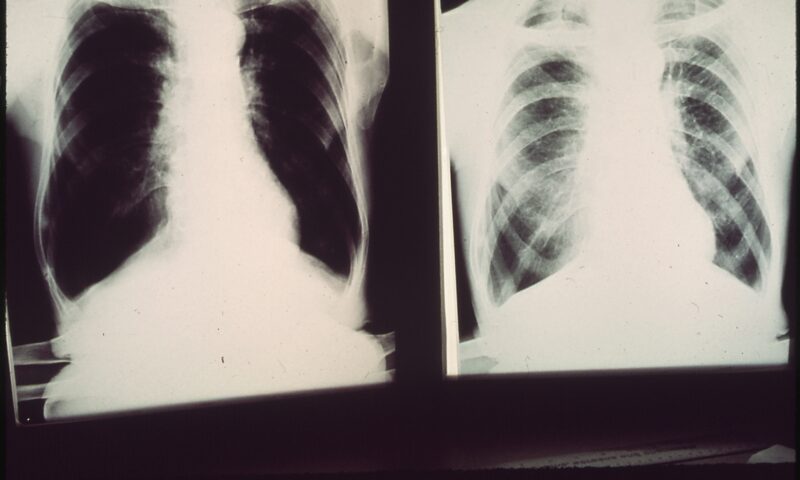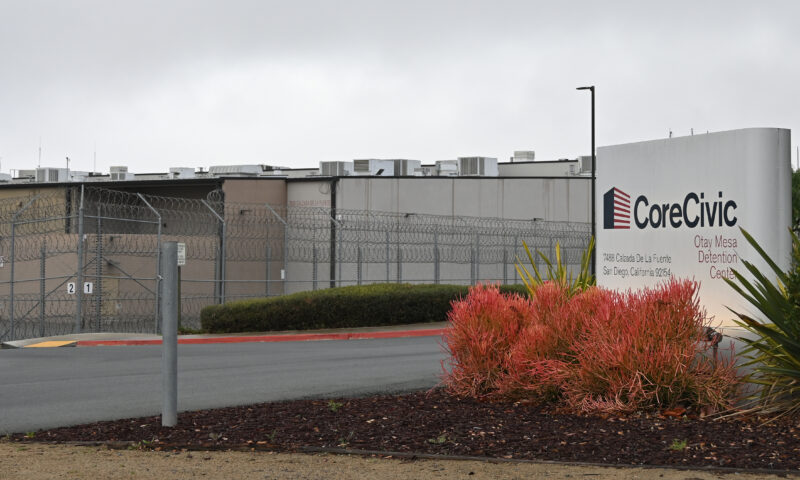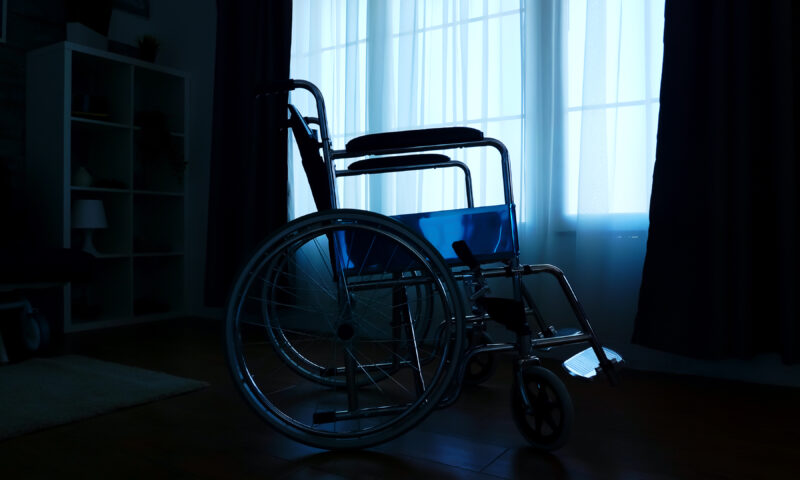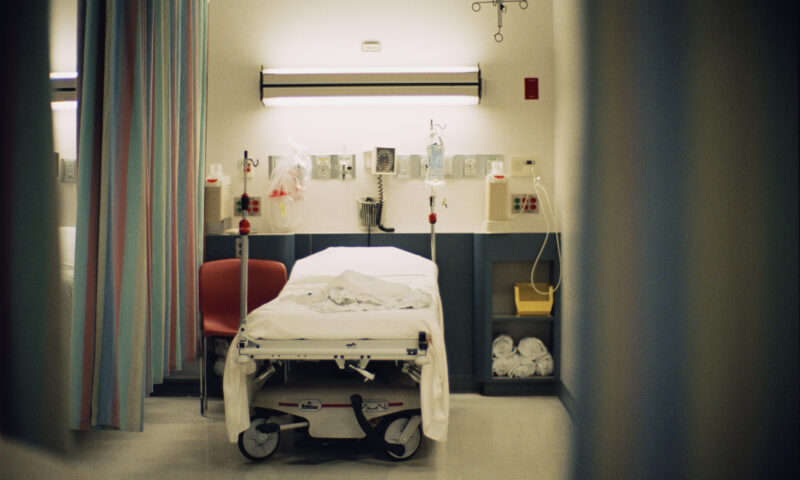Environment
Climate Change Goes Local

After a presentation by Climate Resolve on the local impacts of climate change last month, our host, Jonathan Parfrey, jokingly told us that anti-depressants would be passed out at the door. Gallows humor is understandable and – for me – always necessary when faced with hard truths. But dare I say that I also felt slightly more hopeful armed with information that would help us plan for the future?
This briefing, held at the Municipal Water Department, presented the first in a series of studies, sponsored by the City of L.A. and the U.S. Department of Energy, that focused on how climate change will impact L.A. County by mid-century. A lot of complex modeling went into the study, and – in this era of climate science denial – our presenter, Dr. Alex Hall, the study’s lead author, was at pains to explain it to us. But most fascinating were the bottom-line findings.
If we proceed on our current course, in the Eagle Rock area, where I live, the temperature is expected to rise by an average of four degrees Fahrenheit, with the number of “extreme heat” days tripling. Those living by the ocean are luckier, and will experience relatively modest changes. But in places like Porter Ranch, the number of “extreme heat” days will more than quadruple, rising from six a year to thirty. Extreme heat days are those where the thermometer rises to 95 degrees or more, and come with an increased risk of fire – and for me a risk of migraines.
When we talk about the impacts of climate change, it’s often pointed out that those living in the poorer parts of the world are more likely to suffer the consequences. It is places like flood-prone Bangladesh and drought-plagued Sudan that will suffer most. What’s also clear is that even within relatively wealthy First World cities, the impacts will be geographically and economically disparate.
Those who live in newer, better insulated homes or have access to air conditioning in their homes and cars will be more comfortable. Those who are poorer, who live in older housing or who suffer from respiratory problems will feel the effects of climate change more intensely.
Global warming will also lead to more ozone-layer-destroying energy use that will, in turn, contribute to more global warming. We’ll have more air conditioners blasting. Our power plants will be less efficient – and require more fuel.
Okay. So why the optimism? For me, depression sets in when there is nothing left to do. But Climate Resolve lays out options for mitigating, and adapting to, climate change. This both/and strategy seems smart. Let’s fight climate change through using more clean energy, and also prepare to adapt to it.
There are concrete ways we can minimize the pain for future generations – for example, by installing “cool roofs” that reduce what’s called the heat island effect. We can make homes and businesses more energy efficient. The beauty of these approaches is that we will also use less energy, helping to alleviate the warming problem at the same time. Another major plus is that the jobs required to get that work done are local.
L.A.’s Department of Water and Power has stepped up its game this year and is now investing in energy efficiency upgrades at a level that is commensurate with other utilities. Its portfolio of programs will include a focus on less affluent customers and more on those living or working in old and inefficient buildings who will be especially impacted by warming trends.
At a recent South L.A. block club meeting, LADWP customers who had just received upgrades reported that their homes were already more comfortable. They will be saving money on their utility bills, and they are doing their part – on a micro level – to stem the tide of climate change.
It’s true that even tens of thousands of homes upgraded in Los Angeles won’t stop global warming. But until we can translate the challenge of climate change down to the neighborhood level and then provide equally local solutions that reduce our consumption of fossil fuels, the problem will simply be too big and abstract to tackle. We need to show how we can be more responsible energy consumers neighborhood by neighborhood, city by city, and that we can use less energy while still building our local economy. The alternative is to head for the pharmacy.

-

 Latest NewsJune 17, 2025
Latest NewsJune 17, 2025A Coal Miner’s Daughter Takes on DOGE to Protect Miners’ Health
-

 Beyond the BorderJune 10, 2025
Beyond the BorderJune 10, 2025Detained Man Says ICE Isn’t Treating His Colon Cancer
-

 Column - State of InequalityJune 5, 2025
Column - State of InequalityJune 5, 2025Budget Cuts Threaten In-Home Assistance Workers and Medi-Cal Recipients
-

 Column - State of InequalityJune 12, 2025
Column - State of InequalityJune 12, 2025‘Patients Will Suffer. Patients Will Die.’ Why California’s Rural Hospitals Are Flatlining.
-

 Column - California UncoveredJune 18, 2025
Column - California UncoveredJune 18, 2025Can Gov. Gavin Newsom Make Californians Healthier?
-

 Featured VideoJune 10, 2025
Featured VideoJune 10, 2025Police Violently Crack Down on L.A. Protests
-

 Latest NewsJune 4, 2025
Latest NewsJune 4, 2025Grace Under Fire: Transgender Student Athlete AB Hernandez’s Winning Weekend
-

 Striking BackJune 3, 2025
Striking BackJune 3, 2025In Georgia, Trump Is Upending Successful Pro-Worker Reforms

